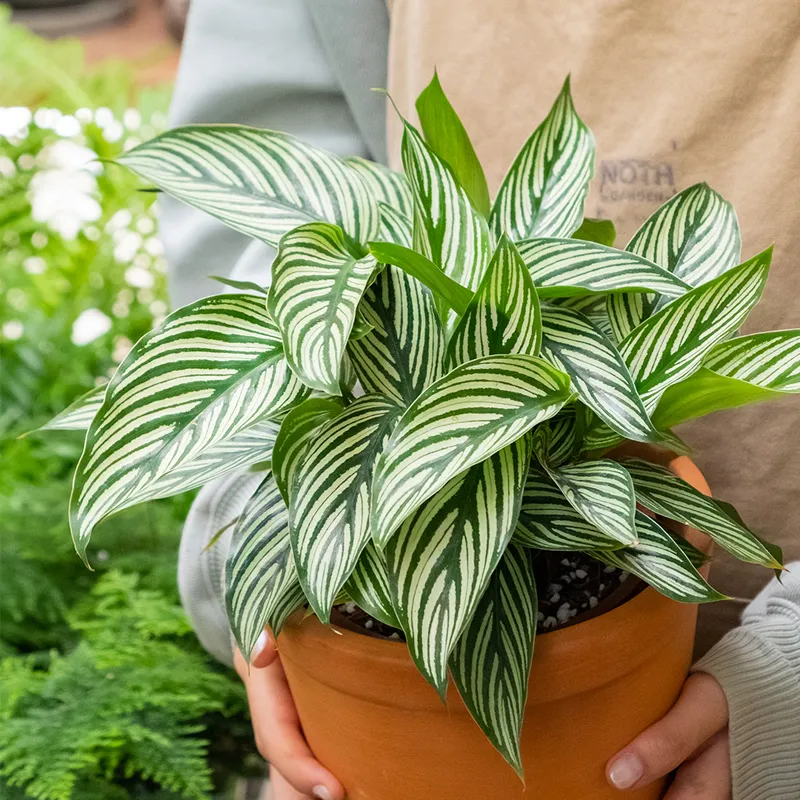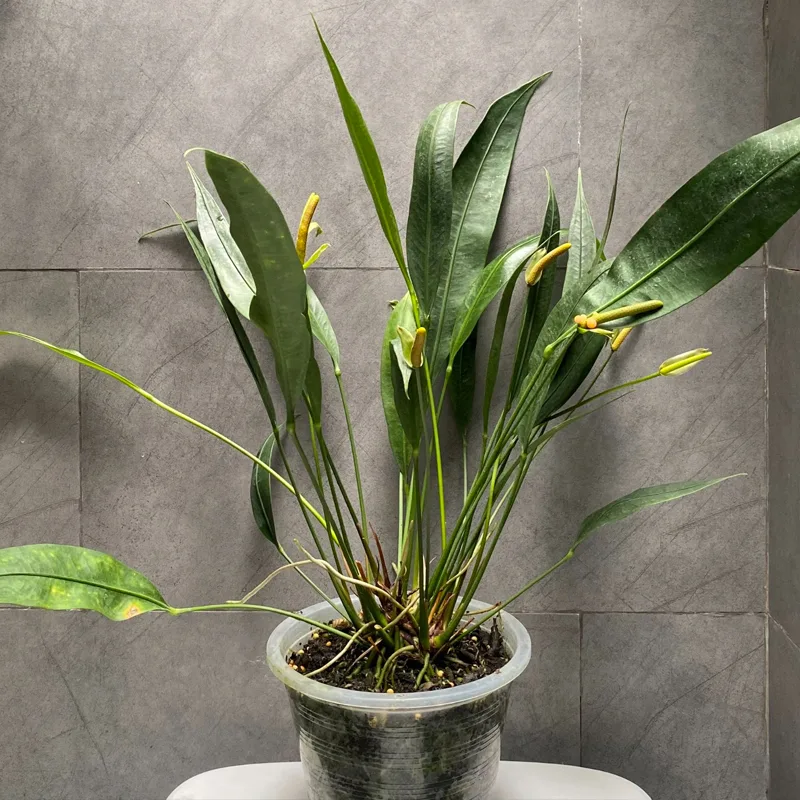
FAQs About Drosera Binata
As a passionate carnivorous plant enthusiast, I’ve spent quite a bit of time with Drosera Binata, commonly known as the Forked Sundew. This fascinating plant has captured my interest with its unique trapping mechanisms and distinct appearance. If you’re considering adding Drosera Binata to your collection or just curious about its care, I’ve put together some frequently asked questions to help you out.
274 Species in Genus Drosera
Does Drosera Binata Need Dormancy?
Yes, Drosera Binata does need a period of dormancy. In its natural habitat, Drosera Binata experiences seasonal changes that trigger a dormant phase. During this time, the plant goes through a period of reduced growth and requires cooler temperatures and less light. Typically, this dormancy period lasts about 2 to 3 months. To replicate these conditions, I place my Drosera Binata in a cooler spot with reduced watering. This period of dormancy is crucial for the plant to thrive and produce its distinctive forked traps when it resumes growth.
How to Grow Drosera Binata?
Growing Drosera Binata is a rewarding experience if you follow some basic guidelines. Start by planting the seeds in a nutrient-poor, acidic medium like sphagnum moss or a peat-perlite mix. The seeds need light to germinate, so don’t cover them with soil. Keep the soil consistently moist but not waterlogged. A humidity level of around 50-60% is ideal, which can often be achieved by placing the plant in a terrarium or using a humidity tray.
Drosera Binata thrives in bright, indirect light. While it can handle some direct sunlight, too much can cause leaf burn. I find that placing the plant under fluorescent lights for about 12-16 hours a day works well if natural light is insufficient.
How to Repot Drosera Binata?
Repotting Drosera Binata is straightforward but should be done carefully to avoid disturbing the plant too much. I usually repot in spring, right before or just as the plant is coming out of dormancy. Choose a container that’s slightly larger than the current one, with good drainage holes. Gently remove the plant from its old pot, being careful not to damage the roots. Place it in the new pot with a fresh mixture of sphagnum moss and perlite or peat. Water thoroughly and keep the plant in a humid environment to help it adjust to its new home.
What Do Drosera Binata Eat?
Drosera Binata is an insectivorous plant that catches and consumes small insects and spiders. Its forked, sticky traps lure prey with their glistening tentacles. When an insect makes contact with these tentacles, the plant secretes digestive enzymes to break down the prey. Although Drosera Binata can catch its own food, I occasionally supplement its diet with small insects like fruit flies if I notice it’s not catching enough on its own.
How to Care for Drosera Binata?
Caring for Drosera Binata involves a few key practices. Besides ensuring it has a proper dormancy period and appropriate growing conditions, it’s essential to maintain a high level of humidity and avoid using tap water, which can harm the plant. Instead, use distilled or rainwater to keep the soil moist. Regularly check for pests and remove any dead leaves or traps to keep the plant healthy.
How to Propagate Drosera Binata?
Propagating Drosera Binata can be done through seeds or vegetative means. For seeds, simply sow them on a suitable growing medium and keep them moist and warm. The seeds usually germinate within a few weeks. Alternatively, you can propagate through leaf cuttings or plant divisions. Ensure the cuttings are taken from healthy plants and follow similar care routines as with seeds.
What to Plant With Drosera Binata?
Drosera Binata pairs well with other carnivorous plants, like Venus Flytraps and other sundews. It also thrives in a terrarium environment where humidity and light conditions can be controlled. Avoid planting it with species that require vastly different care conditions, as this can lead to problems.
Can You Grow Drosera Binata Indoors?
Yes, Drosera Binata can be successfully grown indoors. In fact, growing it indoors can make it easier to control the conditions it needs, such as humidity and light. A well-lit windowsill or a grow light setup can provide the necessary light, and a humidity tray or terrarium can help maintain the right moisture levels.
Is Drosera Binata Toxic?
Drosera Binata is not toxic to humans or pets. Its traps are designed to catch and digest small insects, not to harm larger creatures. However, it’s always a good idea to keep an eye on curious pets or young children to ensure they don’t accidentally disturb the plant or ingest anything.
Benefits of Growing Drosera Binata
Growing Drosera Binata has several benefits. Besides being a unique and captivating plant, it helps manage pest populations by catching insects. It also serves as an interesting conversation piece and a great educational tool for learning about plant adaptations and ecosystems.
Common Problems with Drosera Binata
One common issue with Drosera Binata is fungal or bacterial infections, which can arise from overly damp conditions. Ensuring good air circulation and avoiding excessive watering can help prevent these problems. Another issue is nutrient deficiency, which can be managed by avoiding the use of fertilizers and sticking to a pure, acidic growing medium.
Compare with Other Similar Plants
Drosera Binata is often compared to other sundews, like Drosera Capensis and Drosera Rotundifolia. While all these sundews are insectivorous and share some care similarities, Drosera Binata is distinct for its forked traps and specific dormancy needs. Compared to the larger Venus Flytrap, Drosera Binata is generally easier to care for in terms of space and feeding requirements.
I hope this guide provides you with a solid understanding of how to care for Drosera Binata. Whether you’re a seasoned plant enthusiast or a newcomer, this fascinating sundew can make a unique and rewarding addition to your collection.
If i die, water my plants!



